In today’s rapidly evolving digital landscape, businesses seek new ways to build, deploy, and manage their applications with agility, flexibility, and scalability. That’s where cloud native architecture comes into the picture!
Cloud Native Architecture (aka NCAs) is a powerful approach to software development and delivery. Leveraging the full potential of cloud computing technologies, NCAs enable organizations to build and deploy applications faster and more efficiently. But what exactly is it, and how does it work?
In this blog post, we’ll dive deep into everything you need to know about cloud native architecture, including its key concepts, benefits, and real-world applications. Let’s hop in!
What is Cloud Native Architecture?
Cloud native architecture or native cloud applications (NCAs) is a powerful design philosophy for software development that leverages cloud technologies to build and run applications.
NCAs is a container-based model that allows developers to break applications into smaller, more manageable pieces called micro-services. The micro-services can then be deployed independently and scaled as needed.
Cloud native architecture emphasizes using DevOps practices, such as automation and continuous delivery, to speed up the development and deployment process.
What Are The Key Components of Cloud Native Architecture?
An NCA is made up of seven critical components, detailed below:
- Kubernetes: The described platform is an open-source solution for orchestrating containers and providing automation for deploying, scaling, and managing containerized applications. With Kubernetes, developers can efficiently deploy and oversee their containerized applications across various cloud environments.
- Docker: Docker is a containerization platform allowing developers to package their applications into containers. Containers provide a nimble and adaptable approach to bundling applications and their dependencies, streamlining the application deployment process across numerous environments.
- Service Mesh: A layer of infrastructure that manages service-to-service communication within a micro-services architecture. A service mesh provides service discovery, load balancing, and traffic routing features.
- API Gateway: Another critical component that provides a single entry point for clients to access the various services within a micro-services architecture. API gateway provides a layer of abstraction between the clients and the underlying services. This makes it easier to manage and secure the services.
- Micro-services Architecture: This approach to building applications involves breaking down applications into smaller, independent services. Every service performs a unique function and can be developed, deployed, and scaled independently.
- Serverless Architecture: An approach to building applications that do not require the developer to manage the underlying infrastructure. Instead, the cloud provider manages the infrastructure, allowing the developer to focus on writing code.
- Observability: Observability is the ability to understand what is happening within an application or system based on the data and metrics collected from the system. It helps to improve resilience and reliability by allowing developers to detect and resolve issues quickly.
What Are The Benefits of Cloud Native Architecture?
Cloud native architecture enables organizations to build and deploy applications faster, with greater scalability and resilience. By leveraging cloud technologies, businesses can take advantage of the several benefits of the cloud, including but not limited to:
- Faster Time to Market: Build and deploy applications faster with cloud technologies and DevOps practices, using containers and micro-services to deploy new features and updates quickly.
- Improved Scalability: Scale individual components independently without scaling the entire application, improving scalability.
- Reduced Costs: By improving resource utilization and infrastructure overhead, efficiently using resources by scaling components only as needed, and taking advantage of pay-as-you-go pricing.
- Improved Resilience and Reliability: Improve resilience and reliability by breaking applications into smaller components. This allows you to isolate issues and deploy updates more easily with built-in redundancy and failover capabilities.
- Better Security: Improve security posture with better control and visibility over applications, isolating components and applying security controls at a granular level, and taking advantage of built-in security features from cloud providers.
Conclusion: Adopt Cloud Native Architecture With AiNET!
Embracing cloud native architecture is vital for businesses seeking to thrive in today’s fast-paced technological landscape. By adopting this approach, companies can build and deploy applications quickly and efficiently. This will lead to increased innovation and competitiveness.
With AiNET as your cloud computing partner, you can use the next-generation cloud and improve your scalability and resilience.
AiNET’s Access(tm) suite of cloud solutions offers a comprehensive range for businesses seeking reliable, scalable, and high-performance cloud infrastructure. With enterprise-class storage and compute options, our cloud enables you to stay on the cutting edge.
Don’t wait to modernize your architecture—partner with AiNET today and unlock the full potential of cloud native architecture.
